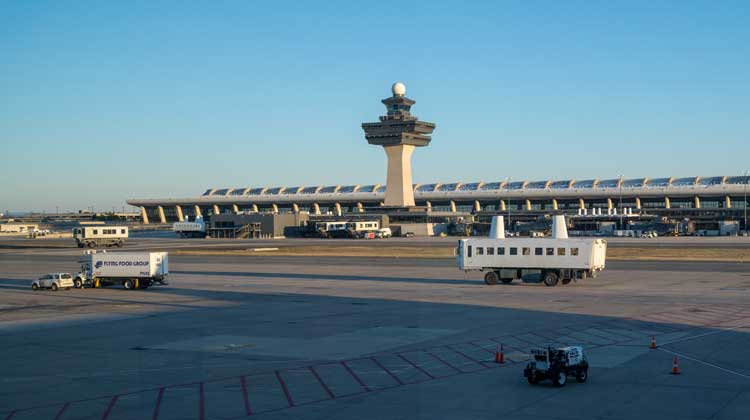
From In Homeland Security
A would-be impostor was prevented from entering the United States last week when a new facial recognition system spotted something that human inspectors would almost certainly have missed.
Facial recognition is a biometric process that utilizes algorithms to identify the physical characteristics of an individual’s face and compares the results to existing photographs or videos on file with the U.S. Customs and Border Protection (CBP).
Hidden Document
The case – at Washington’s Dulles International Airport on Aug. 22 – involved an unidentified man who presented what looked like a genuine French passport. However, the 26-year-old – who had arrived on a flight from Brazil – was interrogated after the facial recognition system detected that the man’s face and the photo in the passport were not an exact match.
During the subsequent meeting with customs officials, an identification card from the Republic of Congo was discovered under the sole of the man’s shoe. The man was arrested and sent back to Brazil on the next available flight.
‘Important Step’ for CBP
“Facial recognition technology is an important step forward for CBP in protecting the United States from all types of threats,” Casey Durst, CBP’s Director of the Baltimore Field Office, told the Washington Post. “The new facial recognition technology virtually eliminates the ability for someone to use a genuine document that was issued to someone else.”
Facial recognition is currently being tested at 14 U.S. airports, including Dulles, and the arrest last week was the first of its kind in the nation’s history, and it is almost certainly a precursor for future apprehensions.
“You can much more accurately identify who an individual is,” former DHS Assistant Secretary David Heyman told NBC News. He further stated that the new system makes it much easier to “target the individuals who are unlawfully present in the United States.”
Continue reading here.
Share